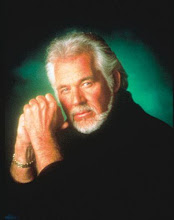 There was a recent article in Health Day News that dealt with varicose veins. If you already have this condition you know what a nuisance they can be. During the winter months and current blizzard like conditions it’s easy to think Out of Sight … Out of mind, and just wear pants. That will work for a few more months but the reality is that warmer weather will indeed get here and it will be time to break out the shorts again.
There was a recent article in Health Day News that dealt with varicose veins. If you already have this condition you know what a nuisance they can be. During the winter months and current blizzard like conditions it’s easy to think Out of Sight … Out of mind, and just wear pants. That will work for a few more months but the reality is that warmer weather will indeed get here and it will be time to break out the shorts again.Whether it is heredity or some people are just prone to getting them, there are some ways available that can make them less visible or ease the pain that comes with spider veins.
Dr. Robert Weiss, president of the American Society for Dermatologic Surgery offered some tips for dealing with them:
1. Listen to your body. Many times they are more of a cosmetic concern, but varicose and spider veins can cause such complications as fatigue, night cramps, leg swelling or itching around certain veins. Contact a dermatologic surgeon if you have any of these symptoms.
2. Stay active. Walking, cycling, swimming and other activities keep blood circulating in the legs, helping to reduce pressure and blood pooling. Long periods of standing or sitting places pressure on the veins. Changing positions or frequently flexing calf muscles can help with circulation.
3. Keep a healthy weight. This will aid in the prevention of varicose and spider veins by eliminating the excess pressure on your legs that cause veins to surface.
4. Wear compression stockings. Support hose keep pressure evenly distributed. But, be careful: Tight clothing around specific body parts, including the waist and groin, might restrict circulation and actually lead to spider and varicose veins.
5. Be cool. Excessive heat associated with baths and hot tubs can increase vein swelling, causing blood to pool.
The American Society for Dermatologic Surgery has more about varicose veins



No comments:
Post a Comment